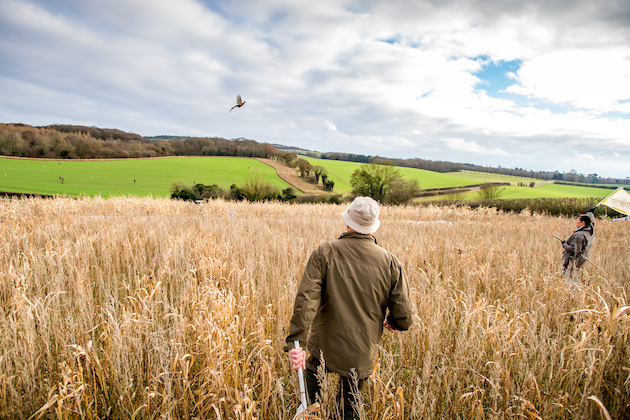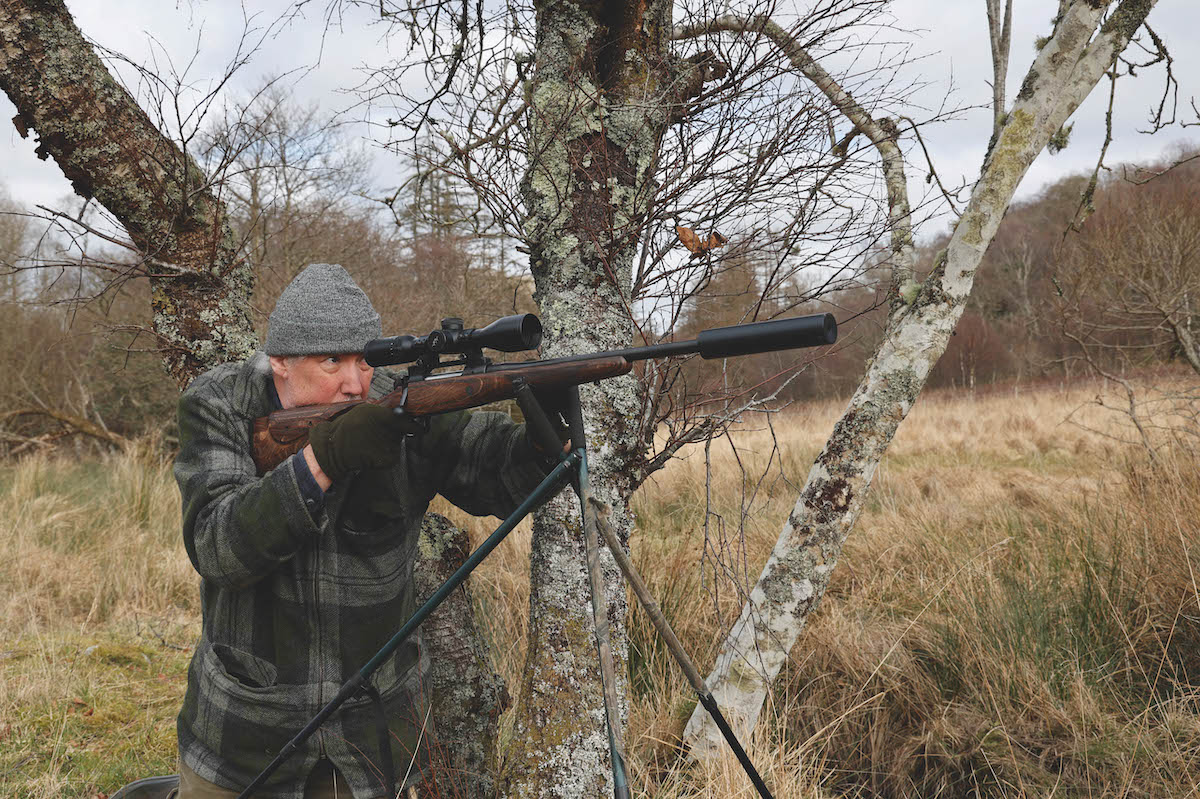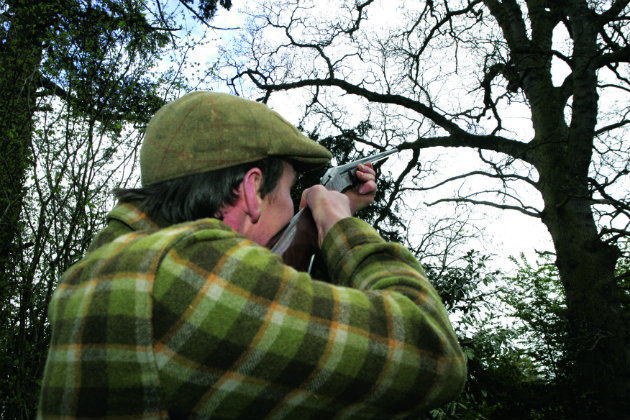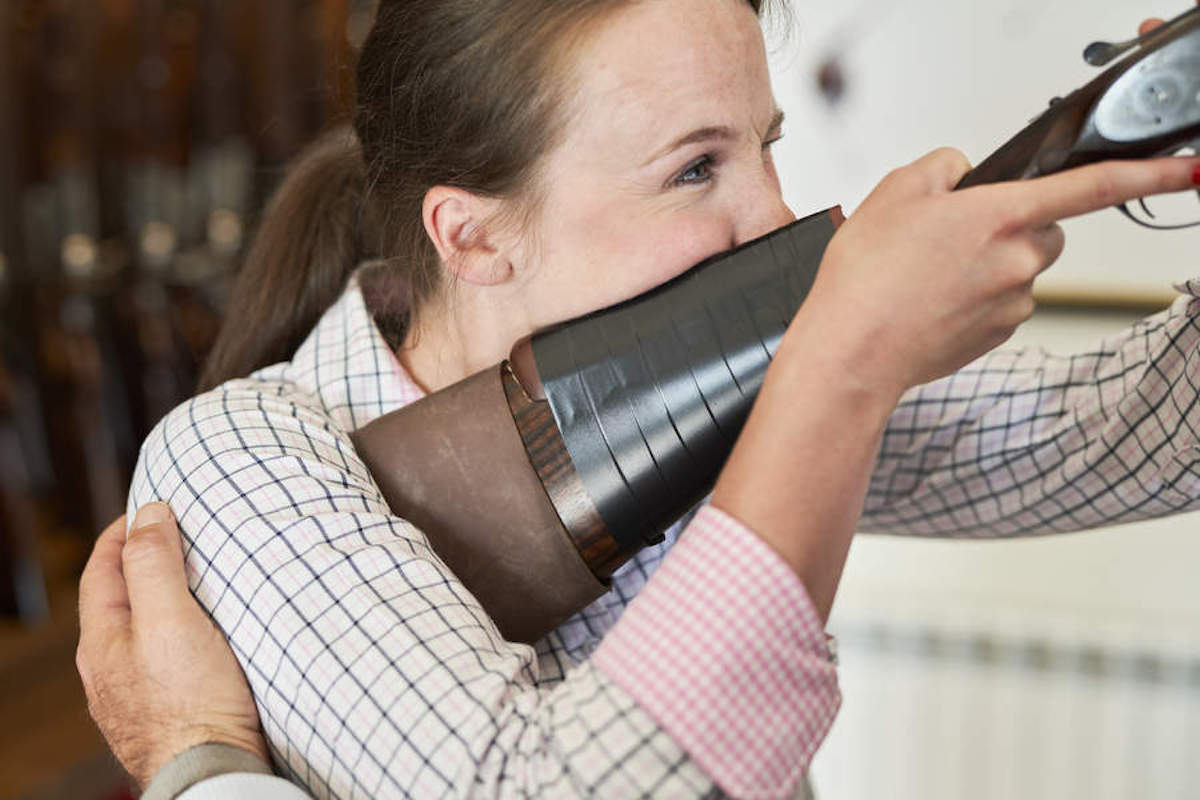Maximising shoot returns
Of course it's about the day rather than the bag, but you owe it to the birds you put down to try to maximise your return, advises Liam Bell

It is all very well saying that shooting is about the day and the size of the bag is almost an irrelevance. I agree that the number of birds in the bag is rarely related directly to how much pleasure we get from being out with our friends. But at some stage we do need to look at the figures.
Poring over them and working out our returns, the percentage of released birds shot over the course of the season, will help us to plan and, importantly, gives us something to work with. If a shoot has consistently low returns when compared with its neighbours, it should carry out some critical self-analysis and find out why. Work out what it does well and work on improving the bits that don’t. To do otherwise is a waste of time, effort and money.
If we release pheasants and partridges, we have a duty to look after them, feed them, protect them from predators and to manage their habitat in a such a way that they want to stay somewhere near where they were released.
Statistically, if we shoot 40 per cent of what we release, 10 per cent of the birds will be left on the ground at the end of the season, because you cannot shoot them all and nor should you aim to.
Another 20 per cent will have been predated between the release date and the end of January, predominantly by foxes. Ten per cent will have died from accidents, disease or from natural causes.
The remaining 20 per cent will have simply wandered off because they preferred the look of the ground over the boundary, or because they have been disturbed and couldn’t settle where they were.
I remember a cartoon some years ago of a pint of beer being poured on to a table at a pub and running off on to the floor. The cartoon compared it with a pint of beer being poured on to a table covered in sponges and cloths and strategically placed beer mats that were soaking it up, keeping it in one place and preventing it from running off the table.
The inference is that if we replaced the table with a shoot, the beer with birds, and the sponges and mats with suitable habitat, the results would be the same.
Unsuitable locations
I thought it very clever, and quite true because pheasants and partridges are simply not going to hold if they are released in unsuitable locations. Pheasants need more than trees to keep them happy, while partridges need more than a root crop or bracken bank.
The difference in habitat requirements between the two are stark, and need to be noted if we are to show reasonable returns on our released birds. Pheasants need trees to roost in, whereas partridges mistrust them and prefer tree-free areas to spend the day in and to settle down in at night. A simple thing, but something that might be going unnoticed — and could be where some of us are going wrong.
I know a lot of shoots that have ‘tried a few’ partridges and given up after a couple of years because they either never saw them or shot so few that releasing more was deemed a waste of time. In almost all cases, their returns were poor because the habitat wasn’t right for them.

It is pointless putting down birds if they are going to be hoovered up by foxes
In the others, the shoot’s predator control was lax or, to be more specific, their targeted predator control was almost non-existent. Again, that is something that needs to be understood and factored into the shoot budget or timetable. There is little point putting birds out if they are going to be disturbed and hoovered up by foxes. Having good holding cover helps, and works best when varied. There should be a choice for the birds, so they can decide where they want to be, depending upon the weather and the time of year.
Spring cereal is great for holding poults, maize for concentrating birds in drives in late autumn and early winter, and waist-high kale crops for holding them on the tops of hills in snow and cold east winds.
Partridges prefer mixed seed crops; pheasants are less fussy and are more adaptable as far as holding cover goes, but they do need more than a belt of bare spruce to roost and spend the day in. Mixed, managed woodland works best.

Dogging-in can be necessary, but are you putting down too many birds?
Secure
They like woods with open sunny areas, woodland rides to get out of the wind during the day and secure warm roosting where they can spend the night in peace, without being buffeted about and blown off roost.
Release pens and the area immediately outside them need to be much the same as well. If you can get your poults to home in on an area, settle down and treat the release wood — or cover crop in the case of partridges — as home, they will hold better. If it is not to their liking, they’ll start to wander off the moment they are out of the pen, and will be far and away long before the shooting starts three of four months later.
Dogging-in and pushing wandering poults back home in late summer and early autumn most definitely needs doing. But again it is worth noting that how hard you have to do it and how long you have to do it for are directly related not only to the habitat but also to stocking densities.
We have all heard tales of underkeepers with teams of spaniels doing 50 or more miles a day on quad bikes dogging-in poults from dawn until dusk. When I hear such anecdotes — while I totally understand the need for dogging-in — I do wonder whether there is something the shoot is missing in terms of habitats, or if they are simply putting down more birds than the ground can hold comfortably.

Release pens and the area just outside need to be more or less the same
And as we are talking densities here, it would be wrong of us to fall into the ‘big is bad, small is good’ trap or, even worse, the ‘commercial shooting is wrong’ trap. Because without commercialisation of some sort, quarry shooting would be wholly inaccessible to most of us, and would risk becoming elitist and marginalised.
All things are relative; you get a poorer return releasing 200 poults into a cold beech wood on an exposed hillside than you do releasing 10 times that number into a warm wooded valley, with planted holding and flushing cover.
It goes back to the beer on the pub table analogy and the fact that there will always be a tipping point regardless of how many birds you put down, and that it is very much our responsibility as gamekeepers and game shooters to recognise it.
Ultimately, if we are releasing our birds into managed woods — and, in the case of partridge, areas with decent holding cover — controlling predators, not overstocking nor overshooting and happy with what we shoot, we aren’t far off. I would nevertheless recommend spending a day or two walking the ground post-shooting season to evaluate things and to see whether anything can be improved. It is rare that they can’t.









